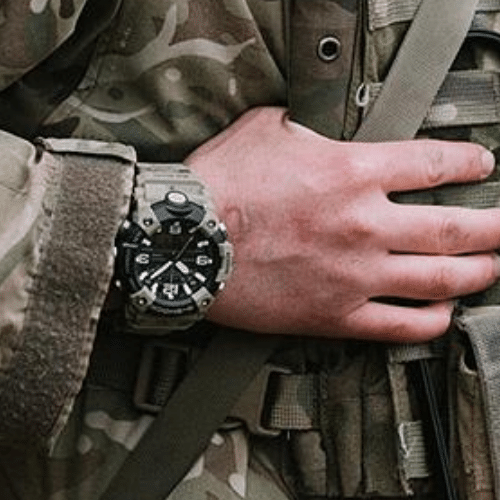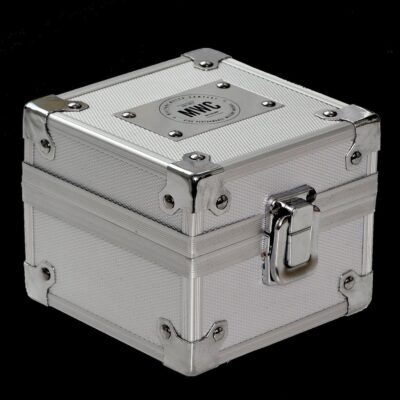News
Russian Su-34 Strike Fighters Take Major Losses During Ukrainian Drone Attack on Crimean Airbase
A drone strike by Security Service of Ukraine (SBU) successfully targeted aircraft at Marinovka Airbase in the Volgograd region the night of June 27,with satellite imagery from June 29 confirming the destruction of two Russian Su-34 strike fighters and damage of two others. The attack was followed two days later by an SBU strike onKirovske Airfield on the disputed Crimean Peninsula overnight on June 28, which destroyed a number of helicopters including at least one Mi-28 attack helicopter. The Security Service has intensified drone attacks on Russian airfields in June, and at was responsible for launching Operation Spider’s Web at the beginning of the month, under which drone strikes destroyed at least seven high value Russian strategic bombers at airbases across much of the country, including unprecedentedly deep into Siberia over 4000km from Ukraine’s borders. The Su-34 has faced greater losses than any other class of Russian combat jet in the Russian-Ukrainian War, due to its role as a workhorse of the Aerospace Forces for attacks frontline positions and its greater exposure to threat.

Attacks on airfields housing Su-34s in particular are far from unprecedented, and on June 13, 2024, several of the aircraft were damaged during a major drone strike on the Morosovsk Airfield in Russia’s Rostov region, approximately 250 kilometres behind the frontlines. The Russian Defence Ministry received six batches of Su-34s in 2024, with industry having successfully more than doubled production of the aircraft to close to 30 fighters per year. At these production rates, the fleet expected to reach more than 300 fighters by 2030 despite wartime losses. Depending on dollar exchange rates, the fighter’s production costs are estimated at well under $15 million, which makes the replacement of losses highly affordable. Su-34s produced since 2024 have all been enhanced Su-34M variants, the first orders for which were placed in 2020, including new specialised electronic attack variant and an intelligence, surveillance, and reconnaissance variants. In October 2023 then Defence Minister Sergei Shoigu observed regarding that the Su-34 “is the main workhorse” of the Aerospace Forces and were flying sorties at a particularly high tempo.
The Su-34 is the heaviest and longest ranged fighter class in the world today, and has seen attrition rates lowered from 2023 with the integration of precision guided glide bombs to provide close air support, allowing the aircraft to attack their targets from safer distances. The significant depletion of Ukraine’s own long range air defences, despite extensive efforts by countries across the Western world to replenish it, has further contribute to their freedom of action in the skies over the Donbas frontlines. Anew class of glide bomb for the fighter was unveiled in September 2024, and another new class, the Drel cluster bomb, is expected to be integrated by the end of 2025. The Su-34’s particularly high weapons carrying capacity also allows them to deploy the particularly large new FAB-3000 3000 kilogram glide bomb, as well as multiple combinations of lighter ordinance including bombs with thermobaric warheads. Reports from Ukrainian personnel on the frontlines have consistently indicated that attacks using these kinds of ordinance have been devastating.












